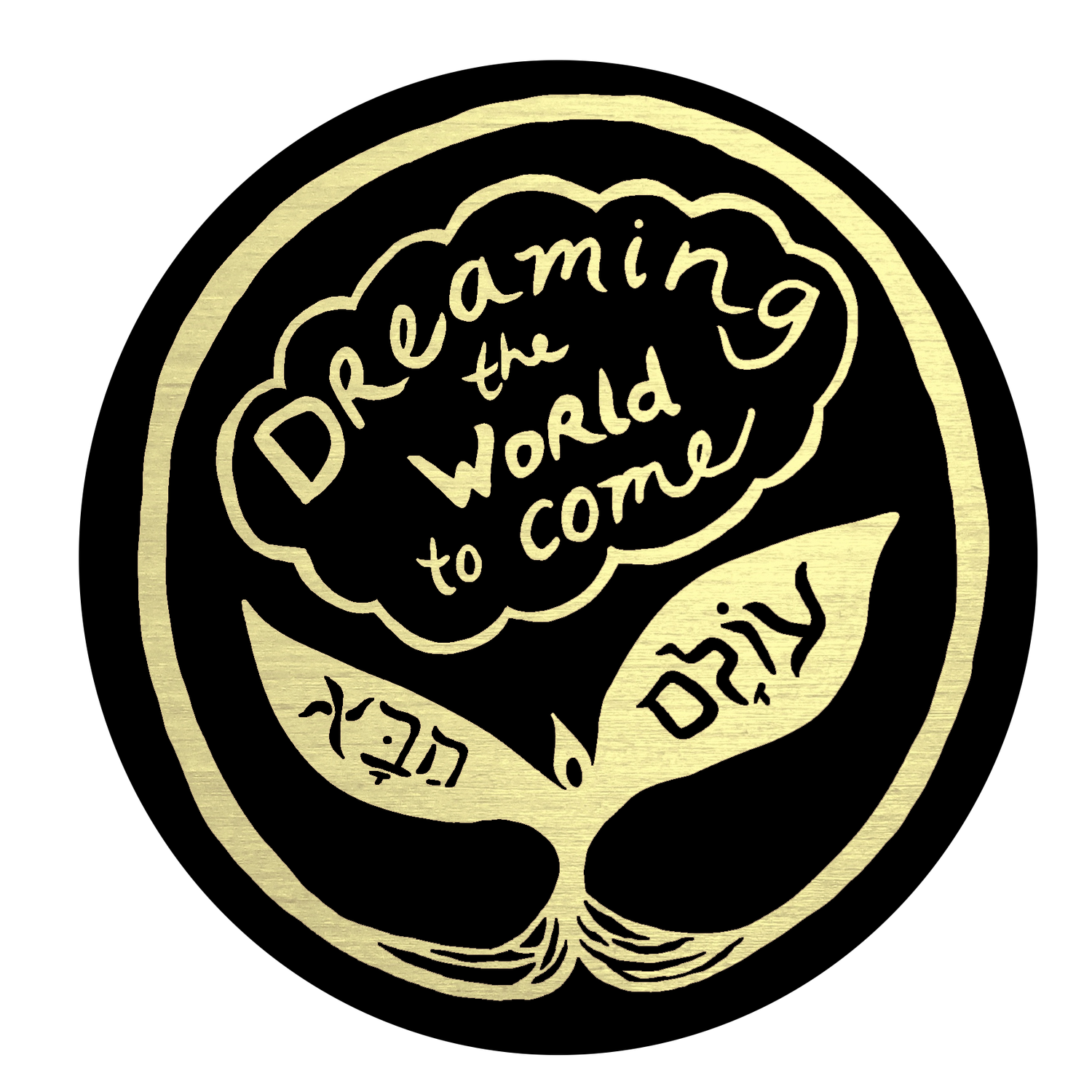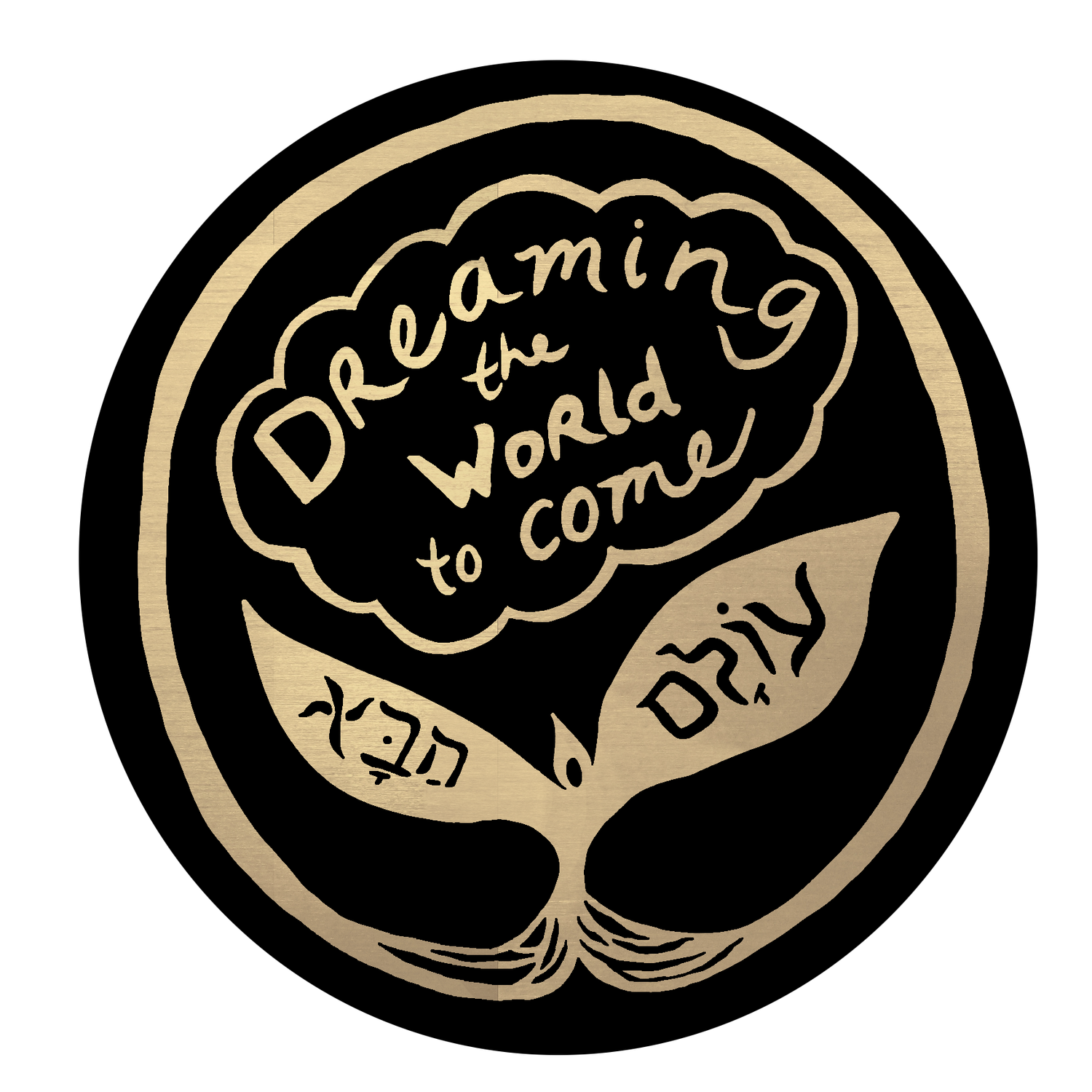Sivan ~ Balsam Poplar בשם bosem, besem
In the month of Sivan we receive revelation. One harvest of revelation we want to uplift is re-remembering stories with a matriarchal lens, a healing balm for our collective destinies. The Balm of Gilead of the Torah has its roots in the Balsam Poplar tree, a tree likely brought to Israel/Palestine from the Queen of Sheba. The legends surrounding this mythic queen are many. The one we choose to remember is she was the queen of Egypt and Ethiopia and came to Jerusalem bearing many gifts, including the gift of the Balsam Poplar. The Torah speaks of the balm of Gilead, a sweet, aromatic healing balm which may have been a variety of plants but is often attributed to Balsam. Because the Queen of Sheba has been demonized both in Kabbalistic literature and in Ashkenazi practices, mention of Balsam has mixed connotations. Some positive, some negative. One Talmudic story warns against girls wearing Balsam in their shoes, that it would seduce boys and bring them to sin. But here we celebrate the scented dancing and clever seduction. Our work is to re-remember women and non binary characters outside of the confines of patriarchy. Therefore, lets venerate both Balsam and the Queen of Sheba for their great gifts and lessons.
Cottonwood, a poplar tree, has sticky buds that are harvested in early spring and put in oil to bring out their medicine. By Sivan, our medicine is ready to process and make into salves. A salve for healing wounds and seducing lovers, it is the epitome of the gifts from the Queen of Sheba, who shared gifts between cultures, became lovers with King Solomon and likely brought Jewish practices back to Ethiopia.
To dive deeper into learning about the plants featured in the planner, sign up for Rebekah's class: Torah, Trees & Time.


